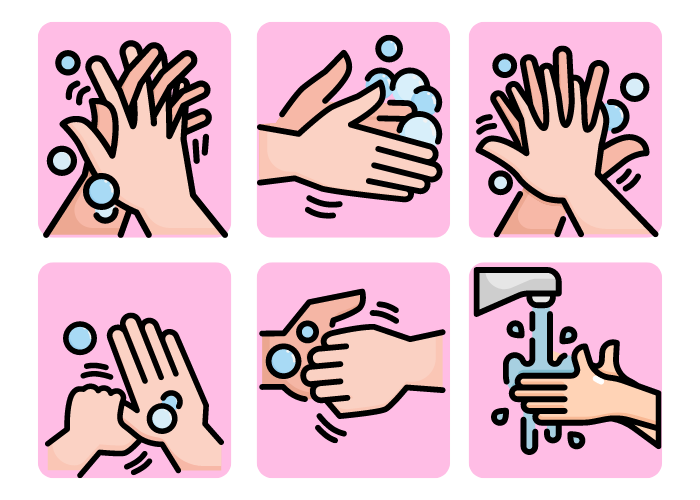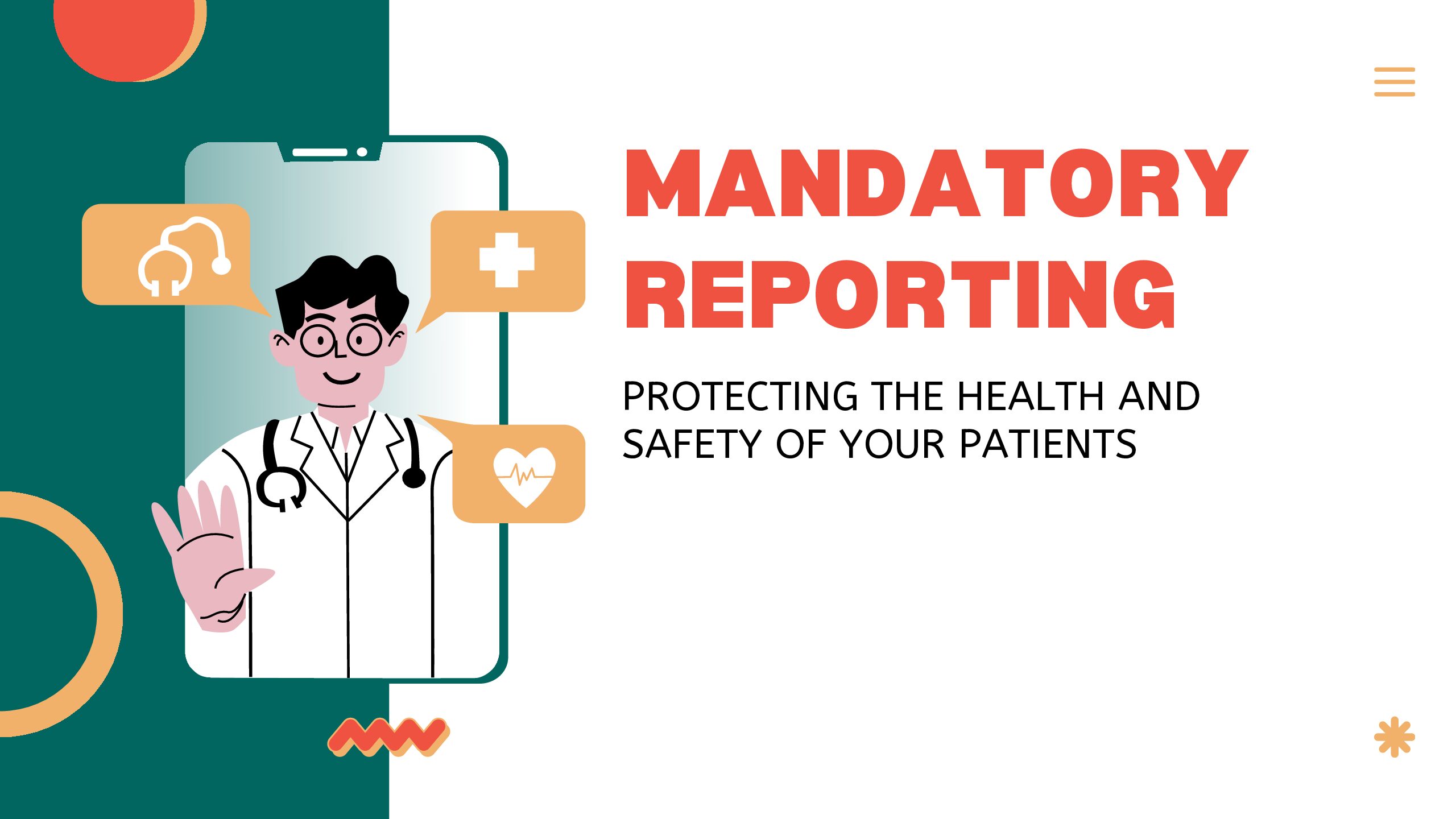Before you start taking care of a patient, follow these important steps. Doing them each time helps you remember and makes them a habit, ensuring both you and your patient are safe and comfortable.
1. Wash Your Hands:
Washing your hands helps stop the spread of germs and keeps everyone healthy. Many illnesses spread if hands are not washed properly. Always wash your hands before you start taking care of a patient.
How to Wash Your Hands:
- Soap and Water: If you have soap and water, scrub your hands with soap for at least 20 seconds. Make sure to wash all parts of your hands, including between your fingers and under your nails.
- Rinse: Rinse your hands with clean, running water.
- Hand Sanitizer: If soap and water are not available, use hand sanitizer with at least 60% alcohol. Rub it all over your hands until they are dry.
Tip: You might need to wash your hands more than once during patient care. Always wash before starting any new task.
2. Explain the Procedure to the Patient and Family
Tell the patient and their family what you are going to do. This helps them feel less worried and more willing to help.
How to Communicate:
- Speak Slowly: Use simple words that are easy to understand.
- Speak Clearly: Make sure your words are clear and easy to hear.
- Eye Contact: Look at the person you are talking to. This helps build trust and ensures they are listening.
Tip: Talking calmly and clearly can help reduce anxiety and make the procedure go more smoothly.
3. Give the Patient Privacy
Make sure the patient feels comfortable and respected by giving them privacy during care.
How to Provide Privacy:
- Close Curtains or Doors: Use curtains or doors to create a private space.
- Cover the Patient: Use sheets or blankets to cover the patient as needed.
Tip: Privacy helps the patient feel more at ease and respected during care.
4. Keep the Patient Safe
Ensure the patient is safe throughout the care process.
Safety Measures for Patients
- Adjustable Bed: If the patient is in a bed that can move, lower the bed to the lowest position and lock the wheels to prevent movement.
- Wheelchair: If the patient is in a wheelchair, lock the wheels to keep the chair stable.
Tip: Regularly check that the bed and wheelchair are in the correct position and locked properly.
5. Think About Your Safety
Your safety is also important. Proper positioning and adjustments help prevent injury.
Safety Tips for Caregivers:
- Adjustable Bed: Adjust the bed to a height that is comfortable for you to avoid bending or reaching awkwardly.
- Proper positioning: Make sure you are in a good position to avoid straining your back or hurting yourself. Use proper lifting techniques.
Tip: If the bed or chair needs to be adjusted, do so before starting the procedure to make it easier and safer for you.
Additional Tips
- Routine Checks: Regularly review these steps to ensure you are following them correctly.
- Ask for Help: If you are unsure about any procedure or need assistance, ask a supervisor or colleague.
Where Can You Get More Information
CDC Hand washing protocol





0 Comments